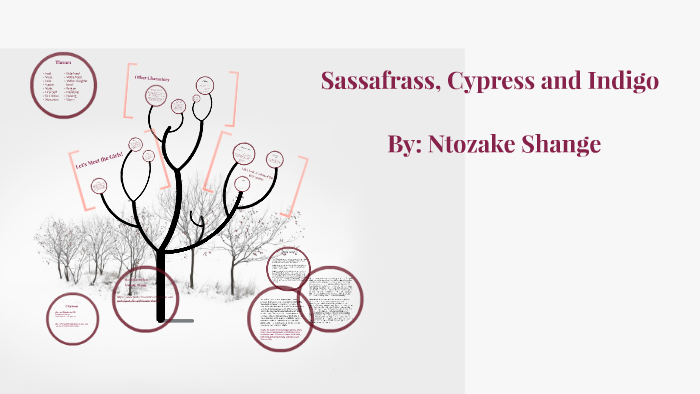

That’s because it contains safrole, a compound that has been banned by the Food and Drug Administration (FDA) due to its potentially toxic effects ( 1, 2). The use of sassafras has become controversial over the past few decades. It’s commonly combined with other herbs, including ginger, cinnamon, cloves, or aniseed, to produce a flavor-packed, nutrient-rich beverage. Sassafras tea is made by boiling the root bark of the tree in water for 15–20 minutes, allowing the flavors to infuse the liquid. Sassafras has also been used to thicken foods, brew tea, and produce filé powder - a seasoning used in Creole cuisine. It has smooth bark and fragrant leaves, both of which have been used in traditional medicine for centuries to treat ailments like diarrhea, colds, skin diseases, and more ( 1).


Sassafras is a tree that’s native to certain parts of North America and Eastern Asia.


 0 kommentar(er)
0 kommentar(er)
